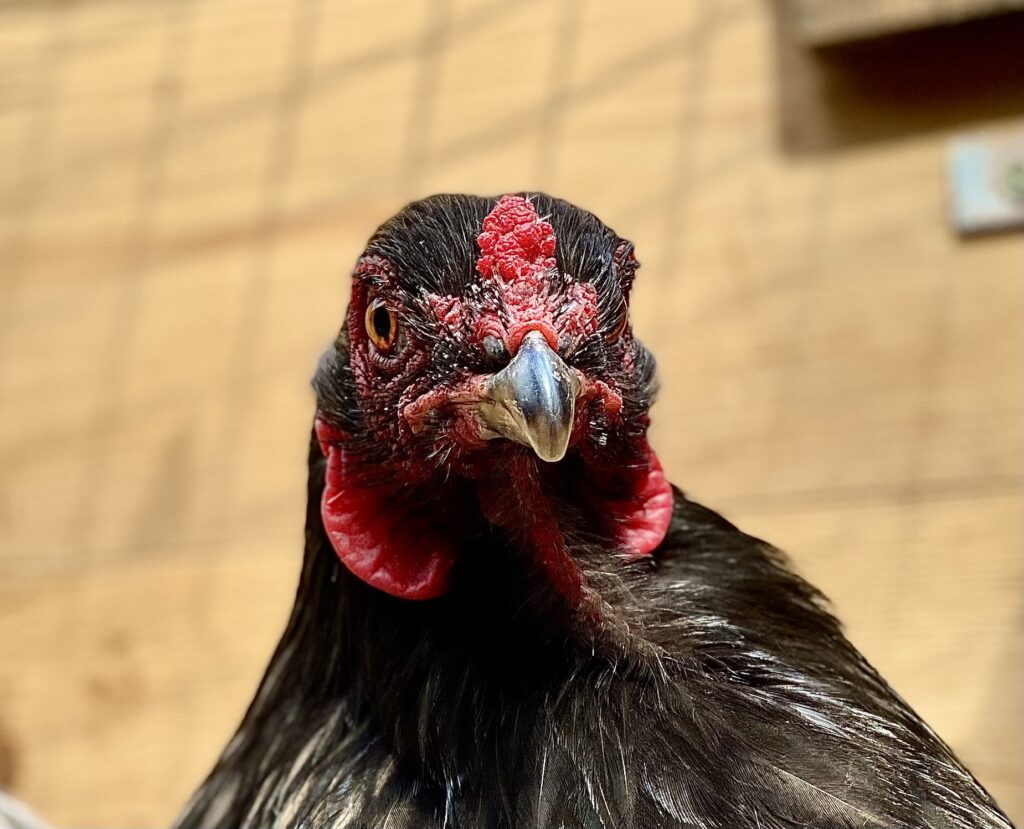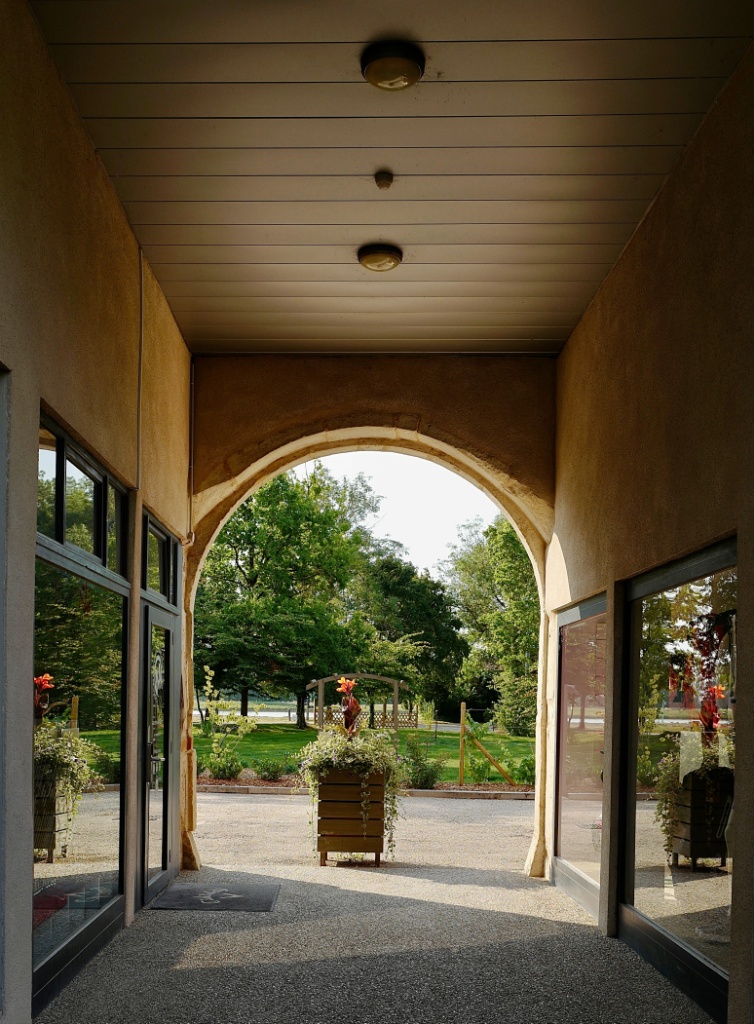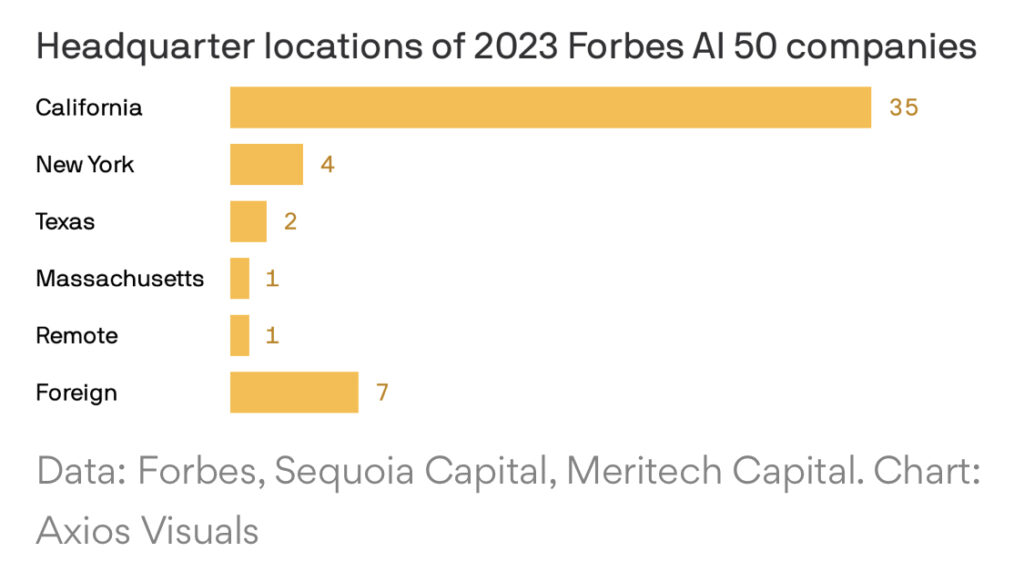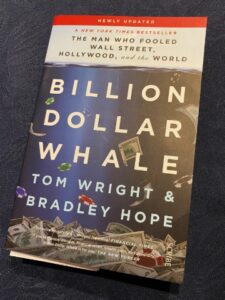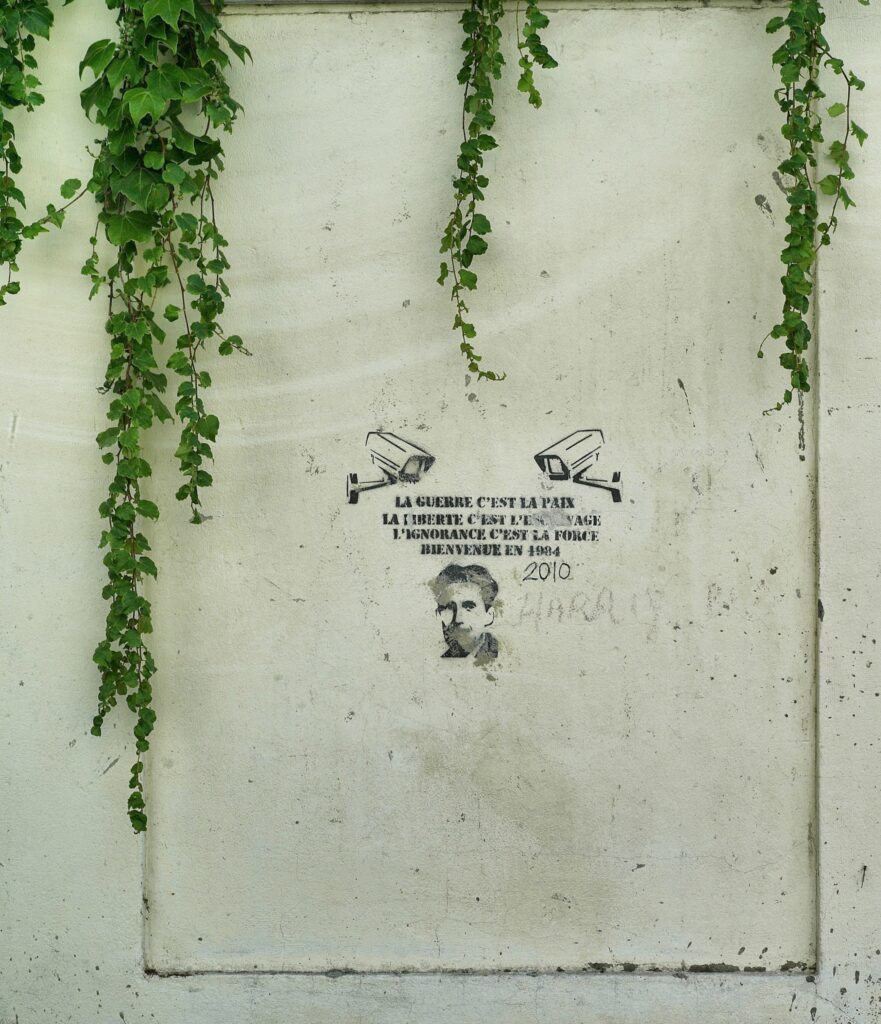Posters
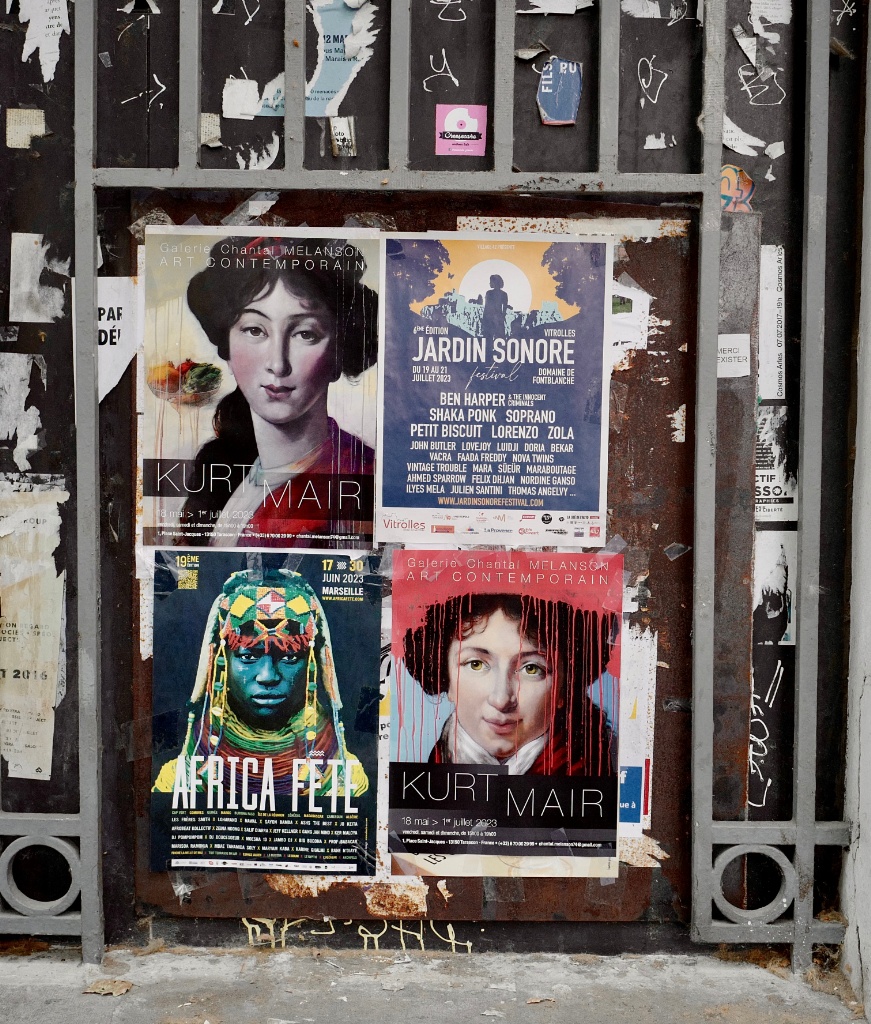
Arles, June 25.
Quote of the Day
“A Conservative Government is an organised hypocrisy.”
- Benjamin Disraeli.
It is, except that now we have a disorganised one.
Musical alternative to the morning’s radio news
The Beatles | Twist and Shout
Wonderful. But listen closely to John Lennon’s voice. Then read the piece below.
Long Read of the Day
It Conveyed Them: When The Beatles Recorded “Twist and Shout”
Lovely essay by David Hepworth on “the moment when the band found its voice at Abbey Road.
As it turned out, on that day they didn’t finish the work in the morning and afternoon sessions. In fact they were still there at ten o’clock at night, the point in the evening when Abbey Road neighbours were inclined to complain, particularly if a band was using the echo chamber on the outside of the building. Most of what they had recorded that day would go on the first LP but George Martin decided that “Hold Me Tight” was not quite strong enough yet and therefore he needed another tune to complete the record. They took a break in the canteen in the basement to decide what it might be. It was Alan Smith, a journalist friend from Liverpool who was with them that day writing a story for NME, who suggested they do “Twist And Shout”—or, as he said at the time, “the thing you do that sounds like ‘La Bamba.’”
I once went on a pilgrimage with my kids to Abbey Road and tried to get a photograph of them going across the pedestrian crossing! They thought I was daft. (I was.)
Bram Molenaar RIP

The man who created Vim, one of the text editors popular with geeks, has passed away at the untimely age of 62. The Register has a nice tribute to him.
If, like me, you were an early user of time-shared Unix mainframes, then you will have used Vi, the text editor originally written by Bill Joy (founder of Sun Microsystems). But because Unix was owned by AT&T, distribution of Vi was governed by the AT&T licence (which was the reason why GNU was developed by Richard Stallman, and Linux by Linus Torvalds). Tim Thompson developed a clone of Vi called Stevie (ST Editor for Vi Enthusiasts) which did not use its source code and could therefore be freely distributed, and Moolenaar used Stevie as the base from which he developed Vim (which originally stood for ‘Vi iMitation’ but later settled down as ‘Vi iMproved’!) Vim became the default text editor that was shipped with most Linux distributions, and so was one of the key pieces of open source development over the years.
If you have an Apple Mac, then you’ve got it, though you might not know that. Open the ‘Terminal’ app, type ‘vi’ and see what happens.
Bram was a generous and talented man, the epitome of the kind of people who built the early Internet — as you can see if you go to his personal website. May he rest in peace.
My commonplace booklet
Spyware maker LetMeSpy shuts down after hacker deletes server data
via TechCrunch.
A rare piece of good news on the malware front. Creating spyware is a loathsome practice. The only thing worse is deploying it on unsuspecting users. That was what was Jamal Khashoggi’s downfall, except that his iPhone was probably infected by NSO’s Pegasus.
Linkblog
Something I noticed while trying to drink from the Internet firehose.
Voyager 2 signal found by Deep Space Network. The Register
This Blog is also available as an email three days a week. If you think that might suit you better, why not subscribe? One email on Mondays, Wednesdays and Fridays delivered to your inbox at 6am UK time. It’s free, and you can always unsubscribe if you conclude your inbox is full enough already!



